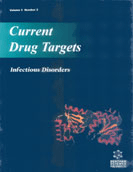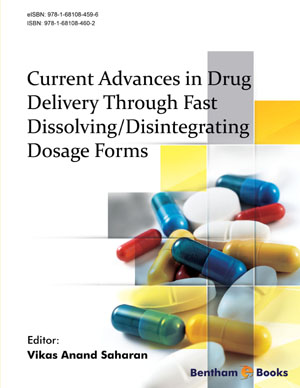Abstract
The severity, prevalence, and complexity of cancer do not need any introduction at present. The coumarin scaffold has been explored intermittently for its anti-cancer potential for a long time, and continuous research is further in progress. The concept of molecular hybridization has opened new doors towards the design and development of therapeutic candidates, capable of binding to multiple targets. This has been proven to be a promising approach for diseases with complex pathophysiology involving a variety of targets. In this direction, several research groups have explored the therapeutic potentials of coumarin and its derivatives against cancer. Coumarin possesses multiple sites for substitution/tethering/fusion, providing ease for constructing coumarin hybrid molecules. Coumarin and its derivatives have the ability to exert anti-cancer activity by interacting/binding with several targets, including aromatase, sulphatase, protein kinases, telomerase, carbonic anhydrase, caspases, SERD (selective estrogen receptor downregulators), tubulin, phosphoinositide 3- kinases (PI3K), topoisomerase and hormones. These targets are involved in complex pathological events during the development of cancer. Several heterocyclic moieties beyond coumarin are also capable of binding to one or more of these targets. Therefore, conjuring such a heterocycle with coumarin moiety is an ideal approach to target more than one target simultaneously. In this chapter, the authors have highlighted important targets along with their significance in the development of cancer. A description of reported potent anti-cancer coumarin hybrids (in the past five years) inhibiting/interacting with particular targets has been provided. Although there is a tremendous advancement in developing hybrid molecules against cancer, still no suitable candidate has been launched in the market for a long time. So, further clinical and toxicological investigations on reported lead molecules should be carried out on priority.
Keywords: Aromatase, Coumarin hybrids, PI3K, Protein kinase, SERD, Sulphatase, Targets.






















